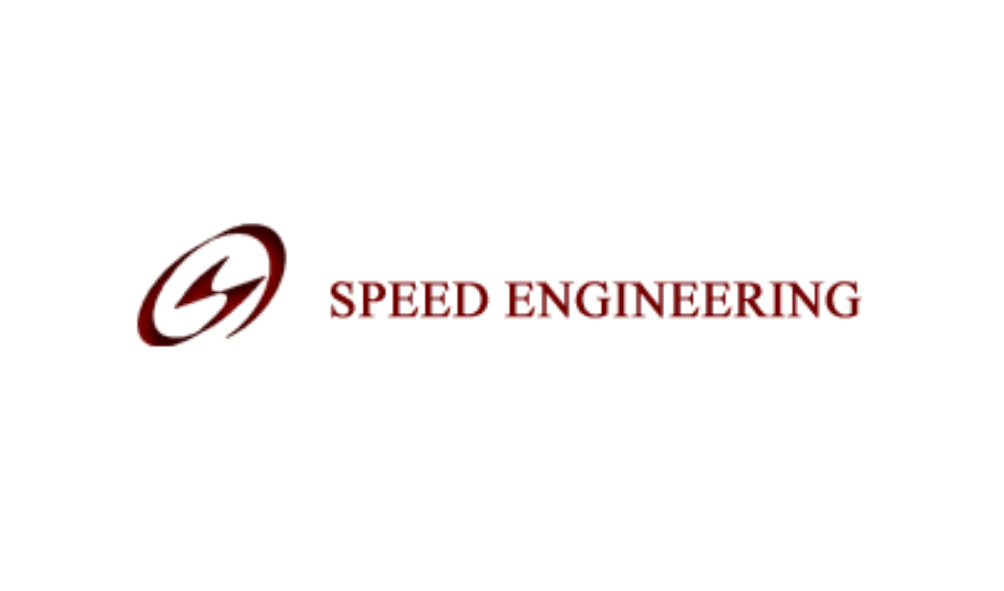Speed engineering is a pivotal concept that is reshaping the landscape of transportation and infrastructure development. As the world becomes increasingly interconnected, the demand for faster, more efficient modes of transport continues to grow. Speed engineering encompasses a wide range of disciplines, from civil engineering to information technology, all aimed at enhancing the speed and efficiency of transportation systems.
In this article, we will delve deep into the multifaceted world of speed engineering, exploring its significance, applications, and the future it promises. We'll also address some of the challenges faced in the field and how innovations are paving the way for smarter transportation solutions.
Whether you are an engineering enthusiast, a transportation professional, or simply curious about the advancements in this field, this comprehensive guide on speed engineering will provide valuable insights and information. So, let's embark on this journey to understand how speed engineering is transforming transportation.
Table of Contents
- What is Speed Engineering?
- Importance of Speed Engineering
- Applications of Speed Engineering
- Technologies in Speed Engineering
- Challenges in Speed Engineering
- Future of Speed Engineering
- Case Studies in Speed Engineering
- Conclusion
What is Speed Engineering?
Speed engineering is an interdisciplinary field that focuses on the design, development, and optimization of transportation systems to achieve high speeds while maintaining safety and efficiency. It involves various engineering practices, including:
- Civil Engineering
- Mechanical Engineering
- Electrical Engineering
- Information Technology
At its core, speed engineering aims to minimize travel time and improve the overall user experience in transportation systems. This can involve the construction of high-speed railways, the development of advanced vehicle technologies, and the implementation of smart traffic management systems.
Importance of Speed Engineering
Speed engineering plays a crucial role in modern society for several reasons:
- Economic Growth: Efficient transportation systems facilitate trade and commerce, leading to economic development.
- Environmental Impact: By optimizing transport routes and reducing travel times, speed engineering can help lower emissions and decrease fuel consumption.
- Quality of Life: Faster transportation options enhance accessibility to jobs, education, and healthcare, improving the overall quality of life for individuals.
Applications of Speed Engineering
Speed engineering has a wide range of applications across various modes of transportation:
High-Speed Rail Systems
Countries like Japan and France have pioneered high-speed rail systems that significantly reduce travel times between major cities. These systems utilize advanced engineering techniques to maintain safety while achieving speeds of over 300 km/h.
Aerospace Engineering
In the aerospace sector, speed engineering is integral to the development of supersonic and hypersonic flight technologies. Companies are researching new materials and designs to create faster and more efficient aircraft.
Intelligent Transportation Systems
Speed engineering also encompasses the development of intelligent transportation systems (ITS) that use technology to optimize traffic flow and reduce congestion. This includes smart traffic signals, real-time traffic monitoring, and advanced navigation systems.
Automotive Innovations
The automotive industry is continually evolving, with advancements in electric vehicles (EVs) and autonomous driving technology. Speed engineering contributes to the design of vehicles that can travel faster while ensuring safety and efficiency.
Technologies in Speed Engineering
Several technologies are at the forefront of speed engineering, driving innovation and enhancing transportation efficiency:
- Maglev Technology: Magnetic levitation (maglev) trains utilize electromagnetic forces to lift and propel trains, allowing for extremely high speeds with minimal friction.
- Hyperloop Systems: Proposed by Elon Musk, hyperloop systems use low-pressure tubes to transport pods at speeds exceeding 700 mph, revolutionizing long-distance travel.
- Smart Sensors and IoT: The Internet of Things (IoT) enables real-time data collection and analysis, allowing for better traffic management and improved safety measures.
Challenges in Speed Engineering
Despite its numerous benefits, speed engineering also faces several challenges:
- Infrastructure Costs: The construction of high-speed rail and other advanced transportation systems often requires significant investment.
- Regulatory Hurdles: Navigating the various regulations and standards across different regions can complicate speed engineering projects.
- Public Acceptance: Gaining public support for new transportation initiatives can be challenging, particularly when it involves changes to existing systems.
Future of Speed Engineering
The future of speed engineering is bright, with ongoing research and development paving the way for innovative transportation solutions. Key trends include:
- Sustainability: Increasing focus on environmentally friendly transportation solutions will drive advancements in electric and hybrid technologies.
- Autonomous Vehicles: The integration of autonomous driving technology promises to enhance safety and efficiency in transportation systems.
- Urban Air Mobility: The development of flying taxis and drones for urban transportation could revolutionize how we travel within cities.
Case Studies in Speed Engineering
Several case studies exemplify the principles of speed engineering in action:
Shinkansen (Bullet Train) in Japan
Japan's Shinkansen is a benchmark for high-speed rail systems, known for its punctuality and efficiency. With speeds reaching 320 km/h, it connects major cities and has become a model for high-speed rail development worldwide.
Concorde Supersonic Aircraft
The Concorde was a groundbreaking supersonic passenger aircraft that could travel at speeds over twice the speed of sound. Although it was retired in 2003, its legacy continues to influence the aerospace industry.
Conclusion
In summary, speed engineering is a vital field that contributes significantly to the efficiency and effectiveness of transportation systems worldwide. By understanding its importance, applications, and future prospects, we can appreciate the role it plays in modern society. As we look ahead, embracing the innovations and challenges of speed engineering will be crucial for developing the transportation solutions of tomorrow.
We encourage you to share your thoughts in the comments section below. If you found this article insightful, consider sharing it with others or exploring more articles on our site!
Thank you for reading, and we hope to see you back soon for more informative content on speed engineering and other related topics.
The Oaks At Lakeside: An In-Depth Exploration
Brandon Knight: A Comprehensive Look At His Basketball Career And Legacy
Tom Hardy On Acting: A Deep Dive Into His Craft And Philosophy


